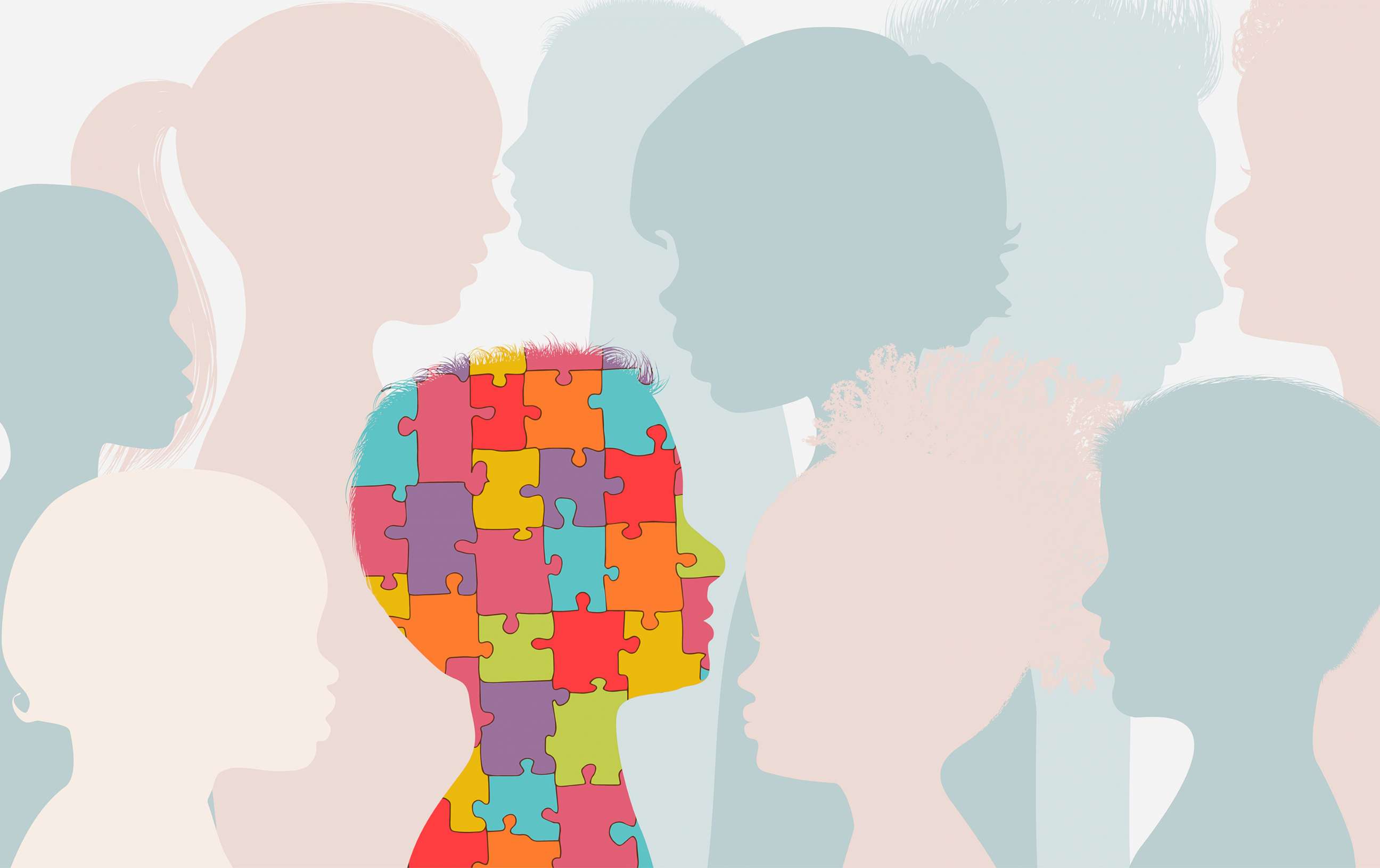The Significance of Family Members Support in the Trip with Autism
The Significance of Family Members Support in the Trip with Autism
Blog Article
Supporting Individuals With Autism: Ideal Practices in Education And Learning and Inclusion
The assistance of people with autism within educational setups demands a nuanced understanding of ideal techniques that promote addition and effective understanding. Highlighting structured atmospheres, customized teaching approaches, and collective initiatives among teachers and families can considerably enhance the educational experience for pupils on the range.
Understanding Autism Range Condition
Autism Spectrum Problem (ASD) is a complicated neurodevelopmental problem defined by a series of challenges in social interaction, interaction, and habits. autism. People with ASD might show a range of qualities and symptoms, typically bring about a distinct profile of staminas and difficulties. The spectrum nature of the disorder means that symptoms can differ substantially in severity, with some people needing substantial assistance while others might function individually
ASD typically materializes in very early childhood, with indicators often visible by the age of 2 or 3. Typical features consist of difficulties in recognizing social signs, obstacles in involving in reciprocatory discussions, and a choice for regimens or recurring habits. Sensory level of sensitivities are additionally prevalent, influencing how individuals process and respond to sensory input from their environment.
Understanding these qualities is crucial for promoting reliable support strategies. Precise recognition of ASD signs and symptoms can cause prompt treatments that can considerably improve a person's lifestyle. Moreover, acknowledging the diverse methods which the condition shows up aids caretakers, educators, and professionals tailor their strategies to meet the special needs of each individual on the autism spectrum.
Creating Inclusive Discovering Environments
Creating an inclusive learning environment is important for sustaining individuals with Autism Range Disorder and promoting their social and scholastic success. Such settings focus on acceptance, understanding, and partnership among all trainees, fostering a sense of belonging. This approach needs the energetic participation of peers, educators, and parents, developing a community that values diversity and inclusivity.
To accomplish inclusivity, physical class setups ought to accommodate different sensory needs, providing quiet locations and adaptable seating alternatives. Visual assistances, such as schedules and sign cards, can help understanding and predictability, crucial for many pupils with autism. Implementing structured routines and clear expectations assists minimize stress and anxiety and boosts learning opportunities.
Cooperation among team is vital. Educators should take part in recurring specialist development to better recognize autism and its implications for learning. Producing collaborations with specialized specialists, such as speech therapists and occupational therapists, can better improve the assistance supplied to students.
Ultimately, promoting a comprehensive learning environment not just benefits students with autism however enriches the instructional experience for all students, promoting empathy, respect, and a deeper understanding of private distinctions. This collective initiative is important for growing a encouraging and appealing academic environment.
Effective Instructing Methods
To effectively support individuals with Autism Spectrum Condition in the class, teachers have to use a variety of training approaches that satisfy the distinct understanding designs and requirements of these students. One efficient method is the use of visual help, such as photographs, charts, and representations, which can enhance understanding and retention of information. These devices assist make clear complex ideas and offer a referral factor for trainees.
Additionally, applying structured routines and clear expectations can produce a sense of security and predictability, which is critical for numerous people with autism. It is also advantageous to integrate hands-on learning possibilities, as these experiences can promote involvement and useful application of skills.
Distinguished guideline ought to be a cornerstone of teaching techniques, enabling educators to tailor lessons to private toughness and difficulties. Moreover, utilizing social stories can aid in developing social abilities and comprehending social hints, connecting communication voids.
Finally, regular comments and positive support can motivate students and enhance wanted behaviors. By integrating these approaches, teachers can develop a comprehensive and efficient learning environment that supports the development and advancement of pupils with Autism Spectrum Problem.
Collaborating With Households and Neighborhoods
Efficient collaboration with households and neighborhoods plays an important function in sustaining people with Autism Range Disorder. Establishing solid partnerships between instructors, family members, and area organizations improves the performance of educational treatments and advertises an inclusive environment. Households, as main caregivers, provide very useful insights into the unique needs and preferences of their youngsters. Involving them in the decision-making procedure makes sure that instructional strategies are tailored to specific staminas and difficulties.
Institutions should facilitate open communication channels, such as regular meetings, workshops, and responses sessions, to promote a sense of area and trust fund. Additionally, involving area companies can offer access to resources and assistance services that extend past the class, enhancing social opportunities and ability advancement for individuals with autism.
Specialist development for teachers should additionally emphasize the importance of family engagement and neighborhood cooperation. Training on culturally receptive techniques can help educators better comprehend and incorporate varied family members viewpoints. Ultimately, a collective technique not only empowers households yet also enhances the finding out experiences of individuals with autism, producing an encouraging ecological community that advertises their overall health and success.
Encouraging Social Skills and Communication
Advertising social skills and interaction is necessary for people with Autism Spectrum Disorder, as these skills are fundamental for constructing connections and browsing social contexts. Efficient approaches for boosting social proficiencies include structured social skills training, peer-mediated interventions, and the usage of social tales.
Social abilities training programs can be tailored to address particular shortages such as initiating discussions, recognizing non-verbal signs, and taking turns during interactions. These programs often integrate role-playing scenarios to provide useful experience and responses. Furthermore, peer-mediated interventions, where commonly establishing peers are entailed, can this content help with naturalistic social communications, cultivating an encouraging setting for individuals with autism.

Additionally, developing inclusive settings in schools and area settings urges opportunities for social engagement - autism. By advertising understanding and approval amongst peers, the capacity for significant interactions rises, ultimately leading to higher social proficiency and emotional Continued well-being for individuals with autism

Conclusion
In verdict, carrying out finest techniques for supporting individuals with autism in academic settings is important for fostering addition and understanding. Structured routines, aesthetic help, and collaboration among educators, family members, and community organizations enhance learning experiences and address specific needs.
The assistance of people with autism within academic settings demands a nuanced understanding of ideal practices page that promote addition and reliable discovering.Producing an inclusive learning setting is crucial for supporting people with Autism Range Problem and promoting their scholastic and social success.To effectively sustain individuals with Autism Spectrum Disorder in the class, instructors need to use a variety of mentor strategies that cater to the special knowing designs and needs of these students.Efficient partnership with families and communities plays a vital role in sustaining people with Autism Range Condition - autism. Furthermore, peer-mediated interventions, where commonly developing peers are entailed, can assist in naturalistic social communications, fostering an encouraging environment for individuals with autism
Report this page